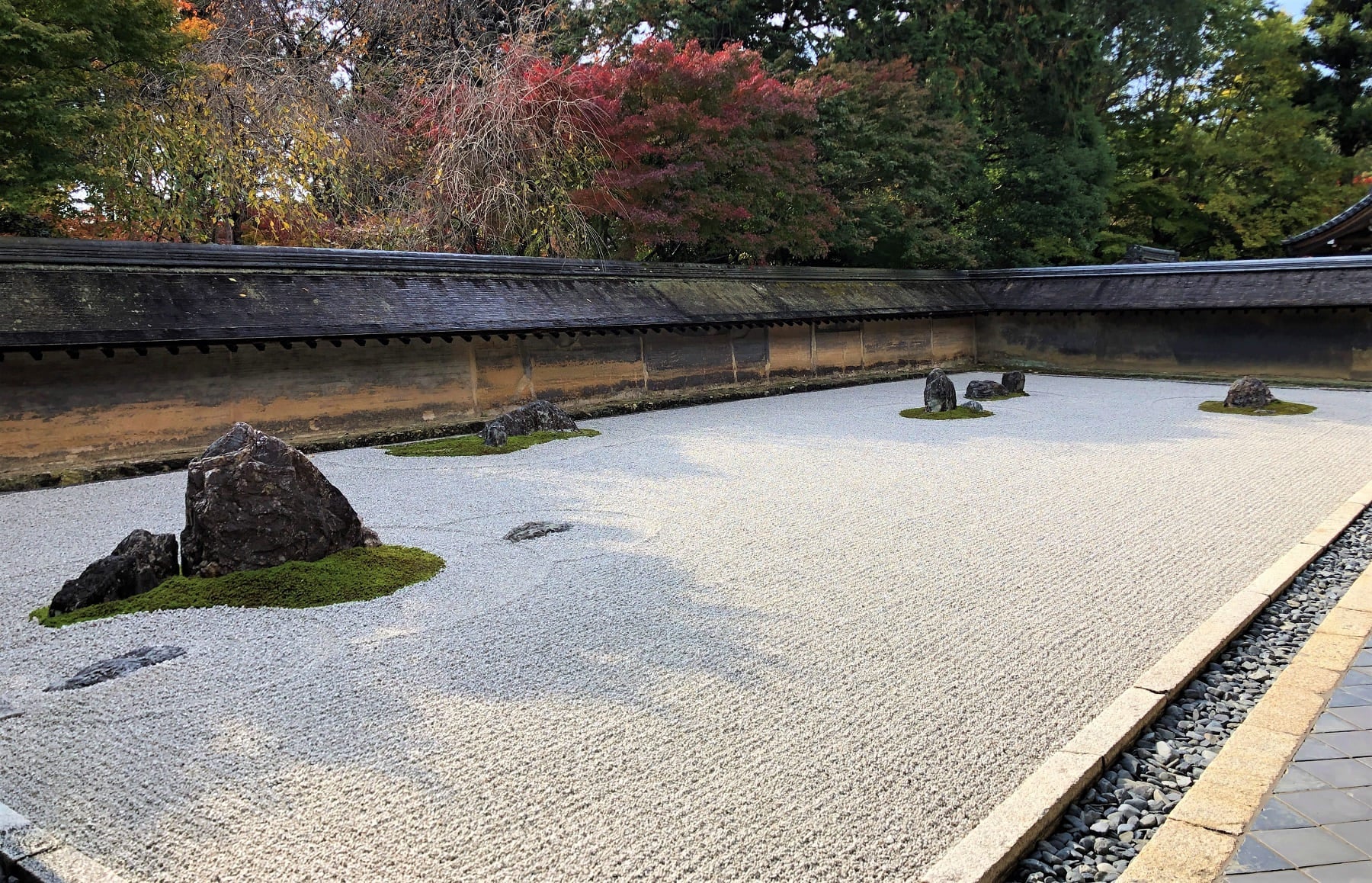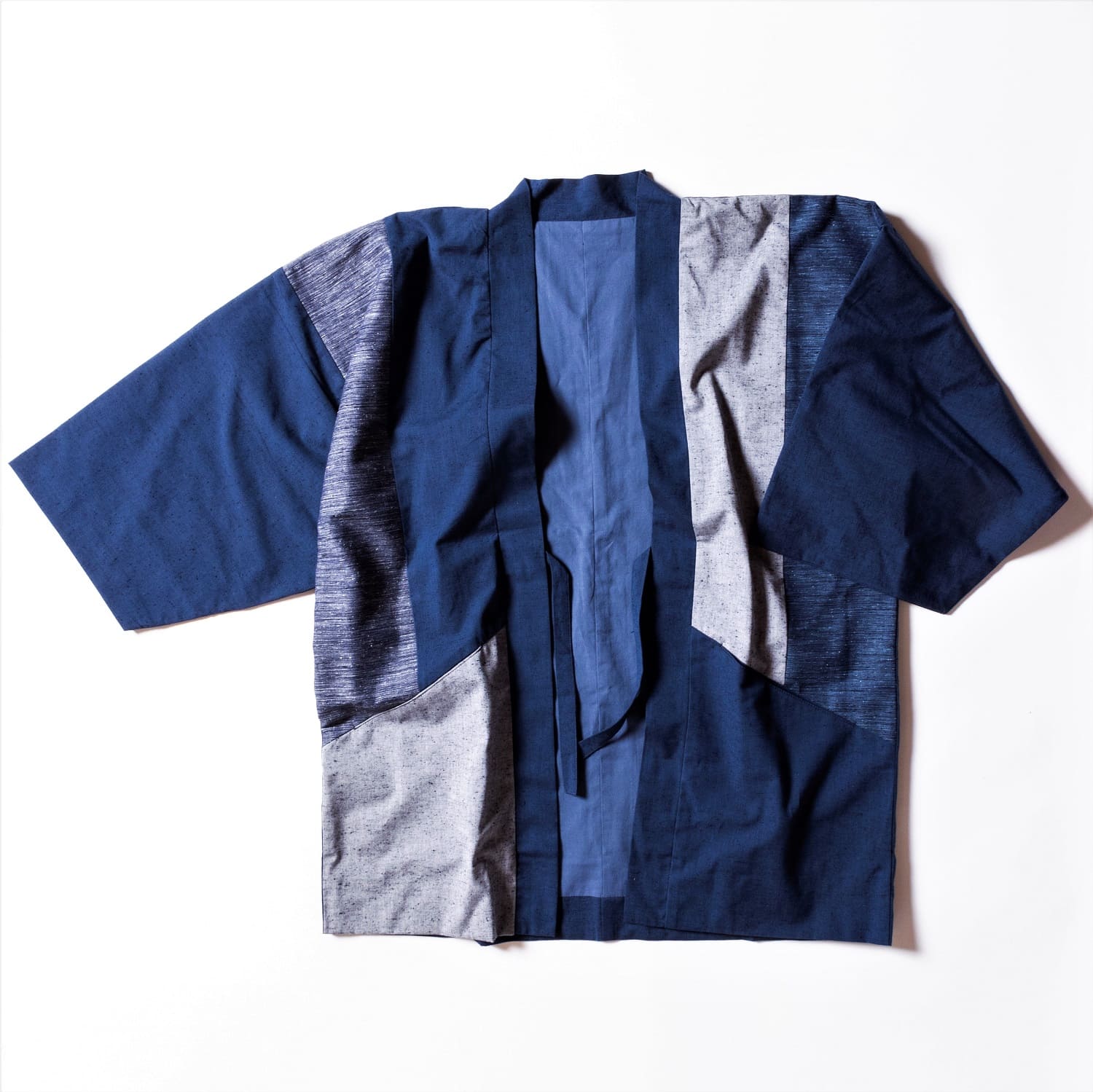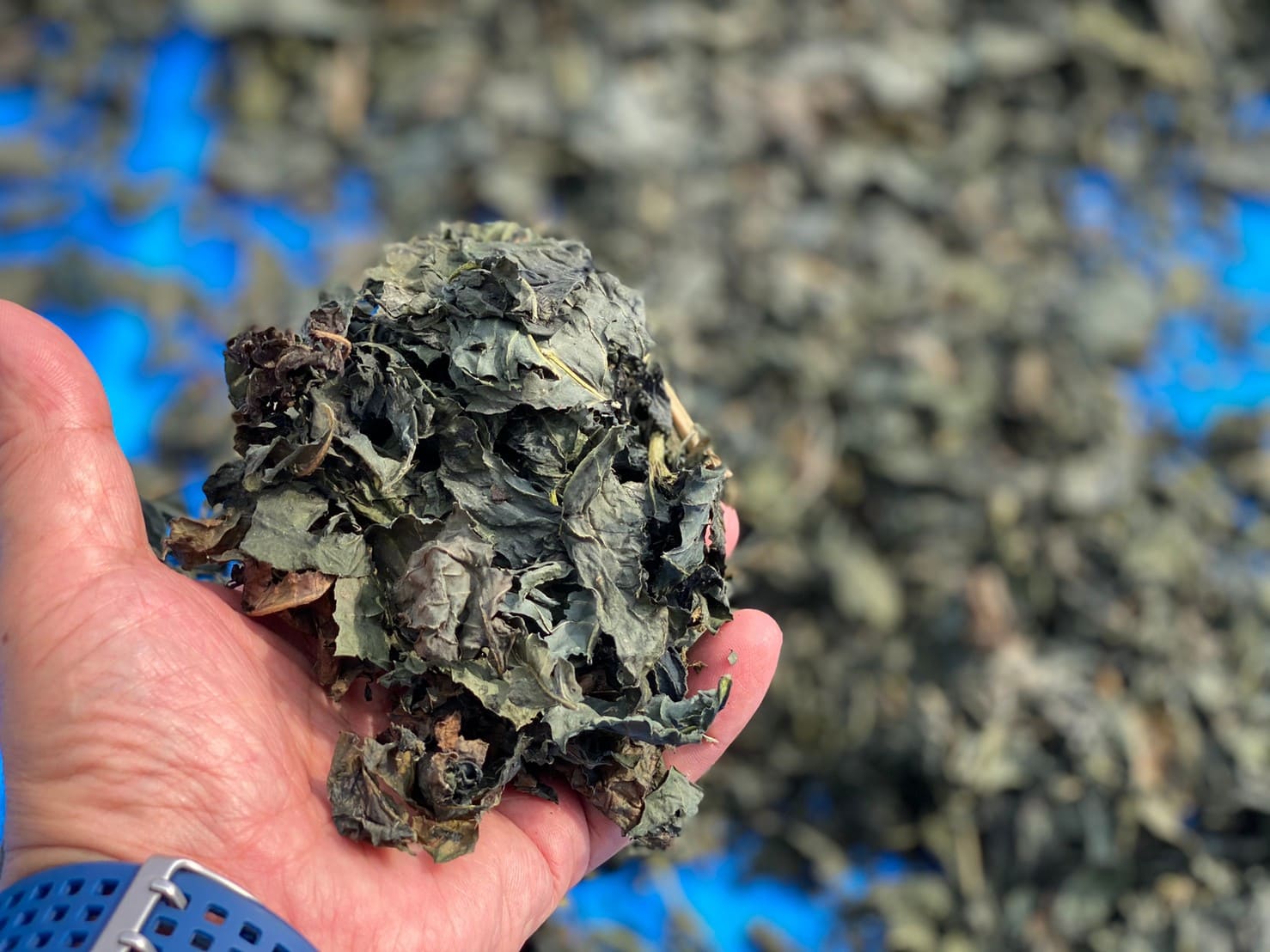Japanese gardens are classified into 3 types: pond gardens (chisen-teien), dry landscape gardens (karesansui), and open-air tea house gardens (roji or chaniwa).
Pond gardens (Chisen-teien)
As indicated by its name, a pond garden is a garden with a pond. Since ancient times in Japan, because there has been an animist belief that gods dwell in natural objects such as water, rocks, plants, and trees, “divine ponds” and “divine islands” have been created inside the premises of Shinto shrines. These ponds and islands have become the basis of Japanese gardens, thus, pond gardens have become the mainstream type of Japanese garden except during certain periods of time such as the Muromachi Period. Pond gardens are also classified into three types based on how they are viewed.
1) “Appreciation” Pond Garden
An appreciation pond garden is viewed and enjoyed from inside a room. With the spread of wabi sabi culture influenced by Zen Buddhism and the disappearance of powerful people after the Onin War who created large gardens, pond gardens became smaller, and pond gardens for appreciation became mainstream since the late Muromachi Period. Shuheki-en Garden, Sanzen-in Temple | “Appreciation” Pond Garden
Shuheki-en Garden, Sanzen-in Temple | “Appreciation” Pond Garden
2) “Boating” Pond Garden
In a boating pond garden, people enjoy viewing the garden from a dragon boat that floats on the garden's pond. During the Heian Period, there was a cultural practice of enjoying poetry and music on boats floating on ponds. Because of this, Heian Period-style palatial architecture gardens and “Pure Land” style gardens, which are both boating pond gardens, were the predominant gardens at the time. Motsuji Temple | “Boating” Pond Garden
Motsuji Temple | “Boating” Pond Garden
3) “Round Trip” Pond Garden
A “round trip” pond garden is enjoyed by walking around the garden's pond. During the Momoyama Period when open-air tea house gardens (mentioned below) first appeared, it became common to go around the garden by walking on a path created inside the garden. Inspired by this, round trip pond gardens where people were supposed to walk around became mainstream during the Edo Period. Feudal lords began to create grand feudal gardens featuring replicas of various scenery all over Japan, as well as ornaments which were placed along the paths around the ponds.
Kinkaku-ji (Golden Pavilion) | “Round Trip” Pond Garden Ginkaku-ji (Silver Pavilion) | “Round Trip” Pond Garden
Ginkaku-ji (Silver Pavilion) | “Round Trip” Pond Garden
 Kyoto Imperial Palace (Kyoto Gosho) | “Round Trip” Pond Garden
Kyoto Imperial Palace (Kyoto Gosho) | “Round Trip” Pond Garden
Dry Landscape Garden (Karesansui)
A dry landscape garden does not have a pond – instead, this type of abstract Japanese garden uses sand and rocks to express nature. During the Muromachi Period, the practice of zen meditation by Zen Buddhists in the deep mountains and dark valleys was popular. In Buddhist temples located in Kyoto and in other cities, dry landscape gardens were created to simulate such mountains and valleys. Without using water, waterfronts were evoked by drawing ripples on sand to mimic the sea, and rocks were arranged to resemble waterfalls. In addition, while there were powerful shoguns such as Ashikaga Yoshimitsu and Ashikaga Yoshimasa who ruled up until the middle of the Muromachi Period, it is believed that the popularity of dry landscape gardens grew because there was no one powerful enough to create large gardens with ponds in Kyoto which was devastated after the Onin War. Ryoan-ji Temple | Karesansui
Ryoan-ji Temple | Karesansui
Open-air Tea House Garden (Roji or Chaniwa)
Open-air tea house gardens or roji were created to form part of the tea ceremony, and they were built between the main house and the tea house of a residence. They were first created during the Momoyama Period when the tea master Sen no Rikyu developed and perfected the tea ceremony. He established the tea ceremony not merely as a way to drink tea, but as a complete experience that includes the journey to the tea house, which was considered as a space separate from the world. To stage a gradual separation from the world, objects such as stepping stones, stone lanterns, and stone wash basins were placed along the path leading to the tea house (also called roji but with different Japanese characters), turning this roji path into a roji open-air tea house garden. The concept of placing attractions in the garden and walking around them also inspired the creation of feudal round-trip pond gardens which were the type of pond gardens popularized during the Edo Period.
Ritsurin Garden | Roji or Chaniwa




This story is so simple and forthright as to be beautiful. Beauty is an experience. Thank you.